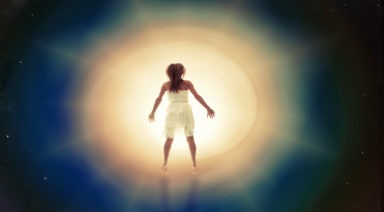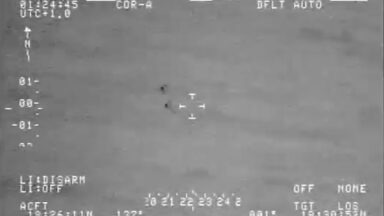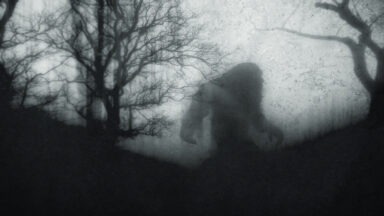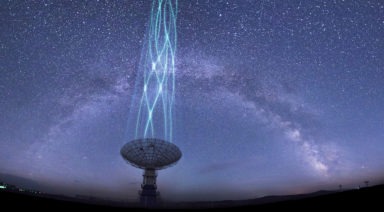Billionaire Offers $1 Million for Proof of Afterlife
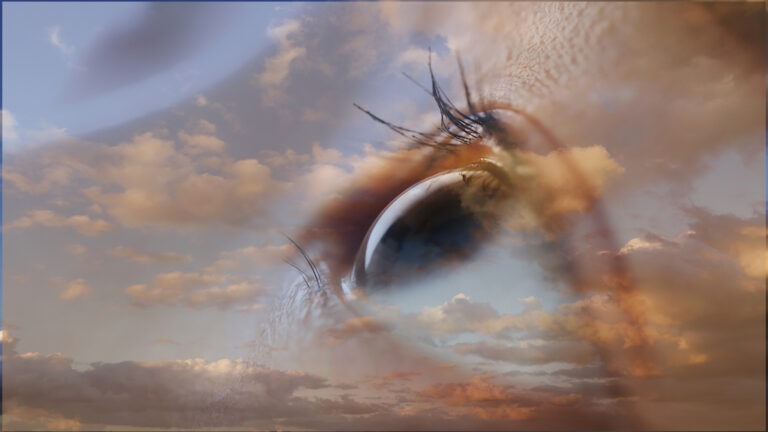
This past January, wealthy entrepreneur Robert Bigelow announced a contest: provide the best evidence of “[T]he survival of consciousness after permanent bodily death” for almost $1 million in prize money. Over 1,000 entrants entered the contest, seeking to prove life after physical death.
Dr. Jeffrey Long has studied near-death experience (NDE) for 20 years and was a runner-up in the contest. In his essay, Dr. Long broke down 12 lines of evidence for life after physical death common among near-death experiencers around the world. Of the three most important, the first is cardiac arrest and brain death.
“Immediately, when your heart stops beating, of course, blood instantly stops flowing to the brain,” Dr. Long said, “10-15 seconds after blood stops flowing to the brain, maybe up to 20 seconds, the electroencephalogram (EEG), which is a measure of brain electrical activity goes absolutely flat — there’s no measurable electrical activity going on in the brain — it should be, in those circumstances, impossible to have any kind of a lucid memory at that time. Yet, by the hundreds, we have people reporting NDEs exactly at that time, highly lucid and organized experiences consistent with NDEs occurring at all other times, and that should be medically, absolutely impossible.”
Next, comes the sensation of floating above the body.
“The initial event is what we call an out-of-body experience. Consciousness rises above the physical body and from that vantage point they can see ongoing earthly events, or hear them, and they are often visualizing people frantically trying to bring them back to life. What they see in that out-of-body experience is overwhelmingly accurate, down to the finest details. Even if their consciousness leaves the area of their body and goes someplace far from their physical body, far from any possible physical sensory awareness, what they can see and hear is almost invariably — and I’m talking about my study, I’m talking about 98 percent — accurate down to the finest details.”
His third line of evidence is NDEs in the blind.
“I’ve studied and interviewed an individual who was born totally blind. When she had her NDE it was stunningly visual. I have a series now of people who are severely visually impaired or legally blind, and in all of those cases in my series, their vision during an NDE is either normal or even supernormal awareness; dramatic, supernormal vision, supernormal sensory awareness that we see over and over again in NDEs that would be absolutely beyond what anybody could normally imagine. All lines of evidence and others that I have all converge on that conclusion that NDEs are, in a word, real.”
What can we learn from the phenomena of shared NDEs?
“We now have a series of about 16 NDEs where two or more people had a simultaneous life-threatening event — they had NDEs and remarkably they were aware of each other, during the time that their consciousness was apart from their bodies, able to communicate with each other typically and able to talk, aware that their physical bodies were down there. In general, in this series of shared NDEs, one person dies irreversibly, they’re not resuscitated, the other person comes back to life and is able to share a remarkable shared NDE. Now, that’s important because that’s some of the strongest evidence we have so far, from any source, that what’s described in an NDE may well be that initial step toward permanent irreversible death for all of us.”
The biggest unanswered question: why do some people have an out-of-body experience while others do not?
“There was a NDE that was like the Rosetta Stone of understanding why some do and don’t, but this very dramatic NDE was in an unearthly, heavenly realm, and they were communicating with what they very firmly believed to be God. They asked God directly — it was an overwhelmingly blissful, peaceful, loving experience, with emotions beyond anything they could have experienced beyond Earth, which is very common in NDEs — and because this was such a positive experience, she asked God directly ‘Why me? Why was I so special that this should happen to me?’ And God answered to her in the NDE ‘Love falls on everyone equally, this is what you needed to live your Earthly life,’ so that’s a possible reason why some have NDEs and some don’t.”
Dr. Long hopes the field of NDEs will move from reactive study to proactive study; being able to speak to people after being resuscitated about anything they may have seen or felt, while technically dead, as standard operating procedure. Perhaps then, humans can definitively prove there is an afterlife.
Parallel Lives in Comas and NDEs: Is This Proof of The Afterlife?
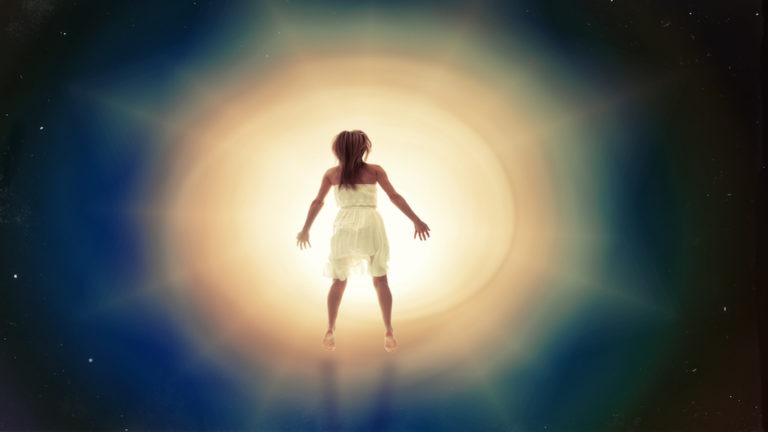
Have you ever awoken from a dream so seemingly real that you regret waking up, or maybe even question reality? One of those reveries that stays with you the rest of the day or for weeks to come? A dream that leaves you in a state of ineffable nostalgia?
But what if that dream was so realistic it put you into a state of depression, questioning whether it was more real than this reality? Such is often the case for people who live another lifetime while in a coma when knocked unconscious, or during a near-death experience (NDE), who come back believing they’ve found proof of an afterlife or another reality beyond.
These NDEs can add a layer of confusion to the existential questions of life – why we’re here, how we got here, and what happens when we die – or in some cases, it can add a layer of clarity.
The topic has become subject matter for massively popular books, movies, and shows, though academics debate the validity of such experiences, writing them off as anesthesia hallucinations or the product of an intense, prolonged dream. But often the subjective and convincing nature of these experiences forces disbelievers to question what they once thought was sacrosanct.
And it is within these stories that we begin to question the foundations of our own conscious reality.
Concussions and Strange Coma Stories
There is a popular story circulated on Reddit of a college student’s experience while knocked unconscious. And while it’s difficult to verify the story’s authenticity, there is a multitude of anecdotes in response from people who have experienced similar phenomena while in an unconscious state.
Often these accounts result in bizarre time distortions for the experiencer, in which years pass when in reality they were unconscious for only a few minutes. This same time dilation can happen under anesthesia, in dreams, and during intense psychedelic trips, leaving the subject confused upon resuscitation, questioning the meaning of reality and time itself.
This phenomenon is usually explained as our mind filling in the narrative of a dream with memories that seem to have been living. But this Reddit user’s experience titled, A Parallel Life / Awoken By A Lamp, recounts his experience living out a decade of another life, including the birth and upbringing of two children.
You can find the full story (here), but for an abridged version read on…
The Reddit user said that during his last semester at college, he was knocked out by a football player three times his weight. While unconscious he met a woman, was happily married, and experienced the birth of two children. Every day he walked into his children’s rooms and spent time with them before leaving for work. He had a great job, a beautiful relationship with his wife, and detailed emotional memories connecting him to this family.
But one day he noticed that a lamp in his house looked strange – it was inverted and just looked off. He spent the following days on the couch, staring at the lamp, trying to figure out why it looked the way it did. He stopped eating, drinking, and even using the bathroom. His wife grew worried and brought someone to the house to talk to him, before taking the kids to her mother’s house because she was so upset. Then he realized the lamp was not real, nor was the house, the wife, or the kids either. All of a sudden, he woke up to voices, screams, and a police officer picking him up and putting him in his car to go to the hospital.
Mere minutes had passed, but in his unconscious state, an entire decade of life ensued. He spent the next several years in a state of depression, trying to cope with the loss of a family he believed to be real, and a reality remarkably less pleasant than the one he believed he had lived.
Watch this episode of Open Minds with Raymond Moody the psychologist who coined the term “Near Death Experience:”


